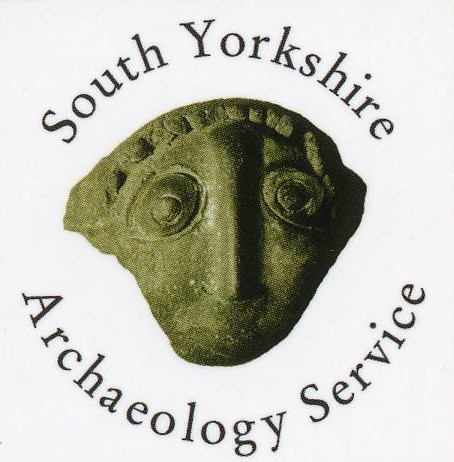Blog
Over the last 8 months, the South Yorkshire Local Heritage List has had some really interesting nominations come in. It’s worth registering as a user on the site, if you haven’t already, so you can have a look them all! Although the majority are buildings, we’ve also had quite a few archaeological sites, commemorative monuments and parks, gardens & designed landscapes nominated as well, so there’s a great cross section of the heritage of South Yorkshire represented already. Despite this, there are still lots of places left to nominate and there’s no limit to the number we can have on the local list!
To give you a taster of a group of assets that has emerged from the nominations we have received recently, this blog focuses on Carnegie Libraries. These buildings can be found across the region and although they are connected by the circumstances of their construction, they represent the variation that can be found in a single category of public buildings.
Andrew Carnegie was born in Scotland in 1835 to a family of weavers. At the age of 12 he and his family moved to America and after training as a telegraph operator, he was hired by the Pennsylvania Railroad Company. He initially started as the personal assistant to the Pitsburgh division superintendent, but by 1859 had progressed to the superintendent role himself. Following years of investment in coal, oil and steel, Carnegie’s steel company was the largest in America by the late 1890s and he had become one of the wealthiest men in the world.
Having used libraries to teach himself many of the skills he had needed throughout his life, Andrew Carnegie was a strong believer in the importance of education and life-long learning, and was particularly keen to ensure that access to libraries was universal. From the 1880s he began a programme of funding for public libraries in America and Britain, but this quickly spread to the rest of the world, funding the construction of 2500 libraries worldwide.
Local councils were welcome to apply for the cost of building a library in their town but had to fulfil a number of criteria to ensure that they would be able to manage the upkeep of the library and free access to all. Carnegie was keen to ensure that any libraries he funded would be stocked and maintained by the local council to ensure they remained free for ordinary working people, rather than well off ‘cliques’ who he believed would not appreciate them as much. As a result, each council was asked to complete a questionnaire asking them to provide a variety of information including a demonstration of the need for a library, the size and status of the town, whether there were books available to stock the library and if there were council funds to pay staff and maintain the building. In addition, the applicants were expected to provide or acquire the land on which to build the library, but could design the building to their own specifications. All of this ensured that the subsequent library was an integral part of the community and valued by both the local people and council.
In South Yorkshire, nine Carnegie Libraries were constructed in Tinsley, Rawmarsh, Wombwell, Mexborough, Swinton, Thorne, Penistone, Bolton-on-Dearne and Walkley, and opened between 1903 and 1913. Each of these libraries were designed by either a member of the local town’s surveyors office or an independent designer, meaning that no two are alike in style or layout. There are some similarities, however, such as the use of classical decorative features, especially around the entrances, and the inclusion of reading and lecture rooms inside. In some cases, the construction of the library set the style for other contemporary municipal buildings nearby, whereas in others, it continued earlier styles already in use, indicating the importance of maintaining an architectural theme within some towns.
Of the nine libraries constructed in the region, six have been nominated for the local list; Bolton-on-Dearne, Rawmarsh, Swinton, Thorne, Tinsley and Wombwell, although only the latter is still in use as a public library. Despite this, all six buildings retain all of their external architectural features and there is evidence that some internal features have also been preserved. All have been recommended to the relevant local council for inclusion on the list as, in addition to their architectural interest, they represent an important point in the development of their respective towns identities and are well known landmarks for local people. The nomination of these buildings also highlights the fact that group value can be applied to asset types that span South Yorkshire, not just collections of assets in close proximity.
Other groupings of assets have also emerged over the last 8 months, such as Board Schools, mining shaft mounds and non-conformist chapels, so why not go over to the list page and see if there’s any others you can pick out? While you’re there, have a look at the ‘Candidate (work in progress)’ assets, as these are all open for public comment at the moment, so it would be great if you have any information you could add in the comments section on any of these candidate pages. The nominations can also be seen on the ‘Current Candidates for Assessment’ page. These nominations will be assessed in late July/early August, so head over there and see what information you could add!

